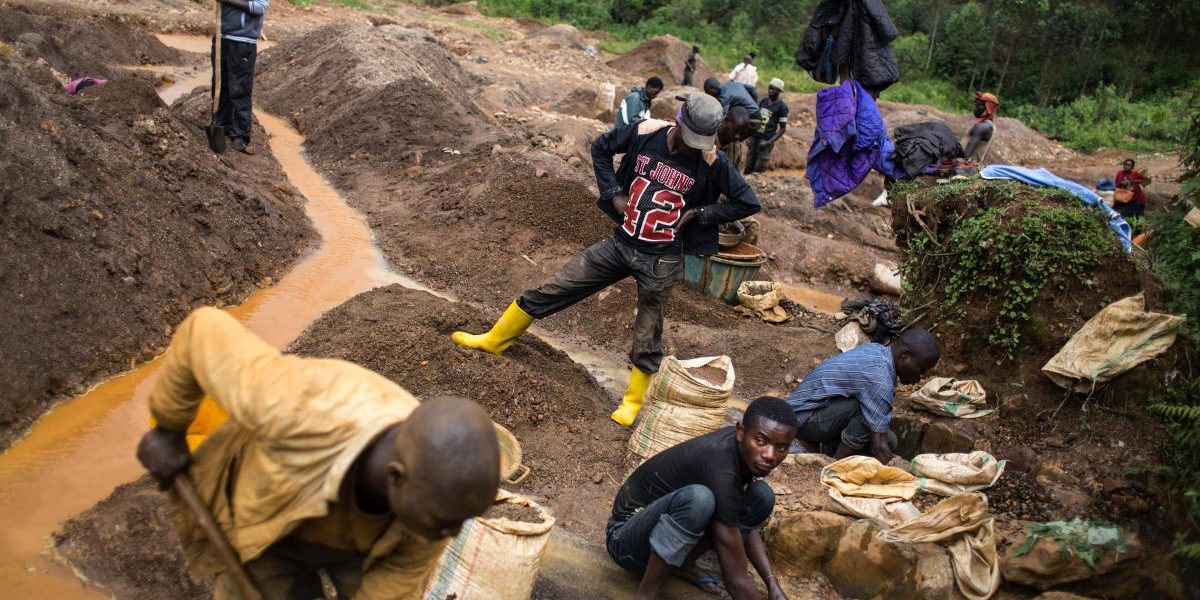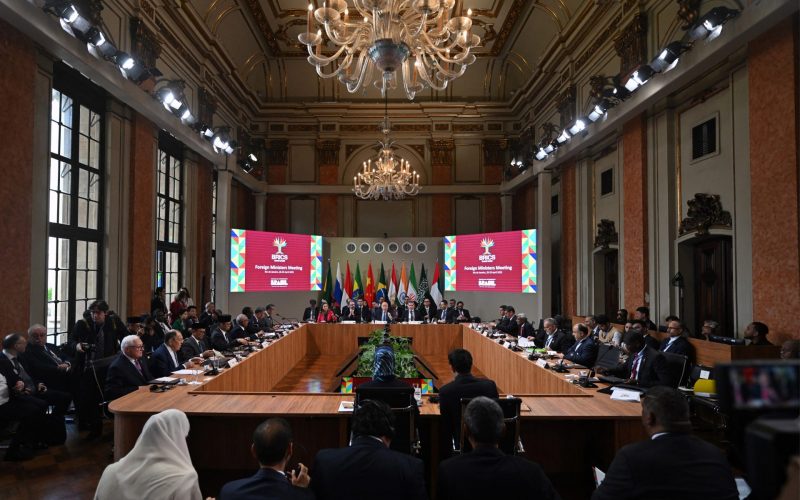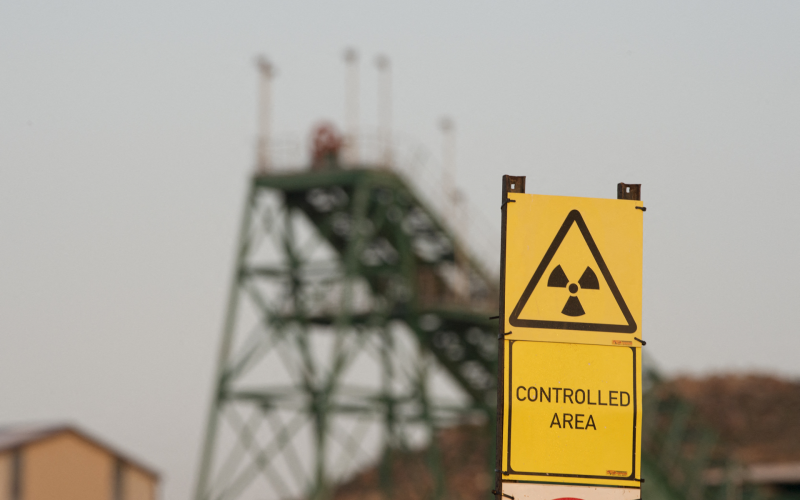The recent strike at Northam Platinum’s Zondereinde mine lasted twelve weeks. It cost the mine over R500m in lost productivity and workers over R100 million in lost wages. Lonmin and Impala Platinum (Implats) expect to lose 3,100 and 2,800 ounces of platinum production respectively over the course of the strike that began on 23 January 2013. At current platinum prices, that is a loss of USD$8.5 million, or roughly R93 million. These are staggering opportunity costs to the economy, and do not include the similar losses likely to accrue to Anglo Platinum (Amplats).
The seemingly endless cases of unresolved strike action appear to have dampened the public’s appetite for an appropriate response. In South Africa, we drift from one drama to the next, unable to fully absorb the implications as we go. As Anthony Downs famously put it in 1972, we are perpetrators (and victims) of the ‘public issue attention cycle’, in which serious issues remain unresolved because individuals are unprepared to incur the personal costs necessary to solve them. Everybody expects that somebody else will do it.
So it is with mining strikes. They occur, raise minor alarm, and then drift off the public issue agenda until the next one occurs.
So what cause is there for real alarm and what do we need to do to resolve the issue?
Repeated productivity losses inflicted by strike action have a ripple effect through the rest of the economy.
First, they contribute to industry contraction, which inhibits productivity upstream and downstream of mining. Every aspect of the mining value chain is negatively affected. This undermines productivity growth in the broader economy, something South Africa can scarcely afford in the context of already anaemic growth (estimated at 1.9% for 2013 and projected by the World Bank to reach only 2.7% this year). The industry contracted at roughly 1% per year from 2001 to 2008, which happened to coincide with the longest sustained commodity boom in recent history. It was an opportunity squandered. It did not help that through that decade we had an overvalued currency and failed to take advantage of that to build decent infrastructure with cheaper imports.
Second, it worsens the already dismal current account deficit. Decreased mining productivity means fewer exports and thus less foreign exchange earned. Given that roughly 60% of foreign exchange is earned by mining, this is bad news. It results in a weaker Rand as demand for the currency is stifled. A weaker Rand means higher import-driven inflation, something the Reserve Bank will find difficult to mitigate by hiking interest rates. In any event, hiking interest rates in a stagflation context is unwise at best.
Third, the loss of over R100m in workers’ wages is devastating for two reasons. First, those losses are unlikely to be compensated by whatever gains labour unions end up securing. Those gains will be eaten by inflation in any event, itself ironically driven by poor mining performance. This is not to say that workers’ wages should not be higher. CEO pay packages have been both heavily criticised and defended in the media. Goldfields CEO Nick Holland earned R45m in 2012 while at the other end of the wage spectrum, entry level workers earn – on average – roughly R70,000, a differential of 643 times. Second, worker expenditure has an important multiplier effect in the economy – it puts expenditure into circulation that benefits everyone. This is compounded by the 10:1 average dependency ratio on mining jobs. In simple terms, your average mineworker supports upward of ten dependents. If 3,000 people lose their job, that is 30,000 people who no longer keep money in circulation through the economy and invariably end up dependent on the state.
If these latent effects are properly understood, the urgency of a solution cannot be overstated.
A recent paper by the Institute for International Affairs offers some recommendations for resolving costly labour disputes, the most important of which is:
‘Mining firms and unions, through the Chamber of Mines, need to agree on a revenue sharing model that limits wage increases and incentivises productivity. Wage increases should be linked to inflation, and approximately 20% of each company’s profits should be made available for distribution, weighted in favour of low-skilled workers. A weighted smoothing arrangement could also be built in to prevent problems arising from differing levels of profitability across mining companies.’
The policy resolution is hardly new. It was a novel feature of agreements between NUM and mining companies between 1990 and 1994. Unfortunately the agreement dissipated, as union members at less profitable mines perceived the arrangement as inherently unfair, hence the proposal of a smoothing arrangement.
If perpetual strike action is to be avoided in the future, novel solutions have to be found. We can no longer afford to ignore the issue and hope that it will just drift off the public issue attention cycle. It is simply too important for our collective wellbeing to be ignored.
Related Resources








